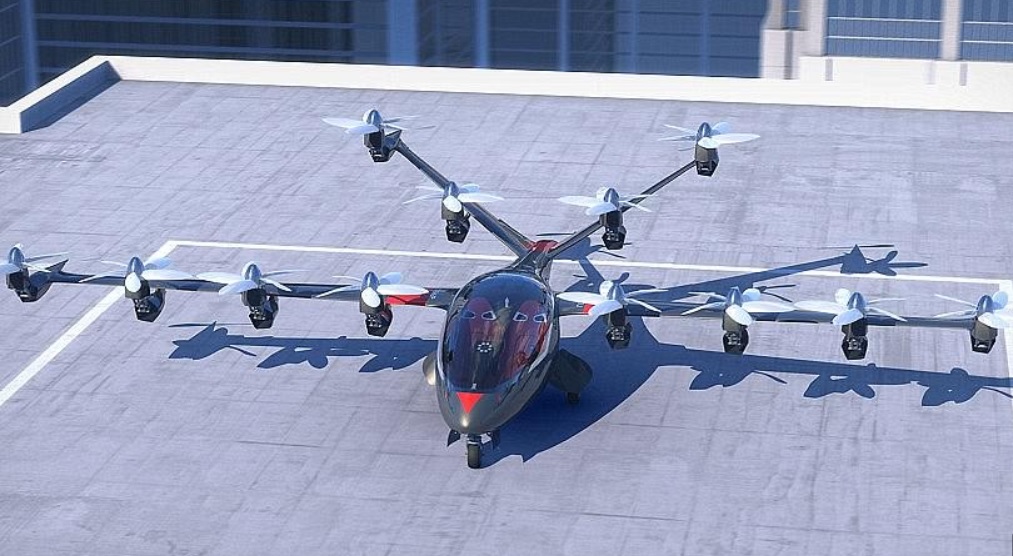Proposed electric helicopter that converts to a plane in the air gets backing from Toyota, Intel
07/07/2018 / By David Williams

The flying car that was promised in so many science fiction stories of the past may soon become a reality if the California-based startup Joby Aviation gets its way. The company is currently hard at work on a prototype electric vehicle that it calls a “flying taxi” and has just received $100 million in funding from a group of investors led by Intel and Toyota.
According to a report, the funds will be used by the company to further their development of a so-called megadrone that can reach speeds of up to 200 miles per hour (321 km per hour), powered by only lithium nickel cobalt manganese oxide batteries. The prototype vehicle is called the Joby S2, and is the subject of concept photos and videos furnished by Joby Aviation for members of the media.
The report on the Joby S2 prototype states that it has the ability to engage in vertical take-off – pretty much like a helicopter – by using 12 of its 16 built-in electric propellers, which means that it doesn’t need a runway to fly. Its propellers can also fold away when not in use, leading to a design that uses an aerodynamic bullet shape to help improve flight performance. It’s not really a plane, but more like a highly customized drone that makes “about as much noise as a swarm of superbees,” according to a report from Bloomberg.
JoeBen Bevirt, the Chief Executive Officer of Joby Aviation, has once commented about the potentially game-changing aspect of the Joby S2’s commercial existence. “If we can build an aircraft which is quiet, safe, and efficient, and you get door-to-door at five times the speed of ground transport, it will radically change life,” he said. “It will have a transformative effect.”
And not only can it travel five times faster than conventional auto transportation, it’s also expected to use five times less energy. It will achieve this through the use of next-generation lithium polymer batteries. It will also be equipped with a bunch of different on-board sensors, and it will come with its own accompanying smartphone app – just like the one most people already use for Lyft or Uber.
That last part is important, because Joby Aviation views the Joby S2 as a potential “air taxi” that will one day shuttle people from one location to another, all while avoiding the pesky and time-consuming gridlocked roads below. Company CEO Bevirt even envisions a future where every office and residential cul-de-sac will have their own landing pads, and that the designated Joby S2 air taxis can pick up and drop people off at these locations after being summoned through the app.
But while this vision may be truly well and good, it’s not without problems. For one thing, flying in the air is not something that everyone can just start doing, even with the proper safety equipment. After all, if that was the case, then everyone would be pilots. In short, there will likely be some requisite training before anyone is allowed to ride one of the final commercial units of the Joby S2 – once the company finishes testing it, of course.
And then there’s the subject of the unit’s price. At $200,000 a pop based on the company’s latest estimates, a single Joby S2 isn’t exactly affordable. Taking into consideration the huge savings that would be possible with its use of an all-electric motor, then perhaps there could be some way to come to terms with its price. In any case, Joby Aviation still hasn’t specified a release date or anything of the sort, so don’t expect to see it in your skies any time soon.
Read more about the next generation of electric vehicles at Inventions.news.
Sources include:
Tagged Under: aviation, drone transportation, electric helicopter, electric vehicle, flying taxi, future tech, Futuristic, innovation, Intel, inventions, megadrone, technology, Toyota, transportation




















